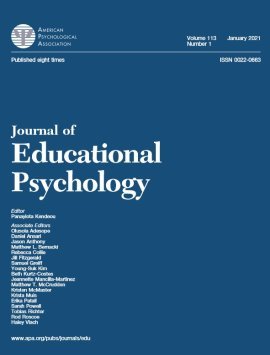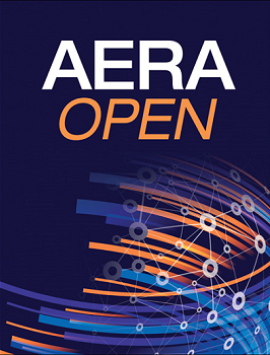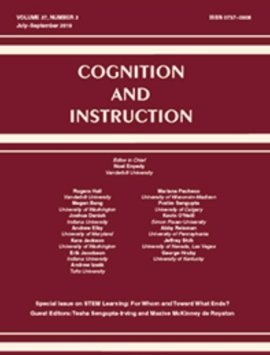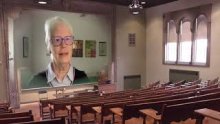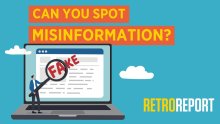Our Impact
DIG produces award-winning research and disseminates materials all over the world. Our materials are among the most widely used resources for the history/social studies classroom according to a 2024 national survey by the American Historical Association.
DIG’s materials appear on 42 state departments of education recommended lists. Our nonpartisan, evidence-based tools benefit young people across the country.
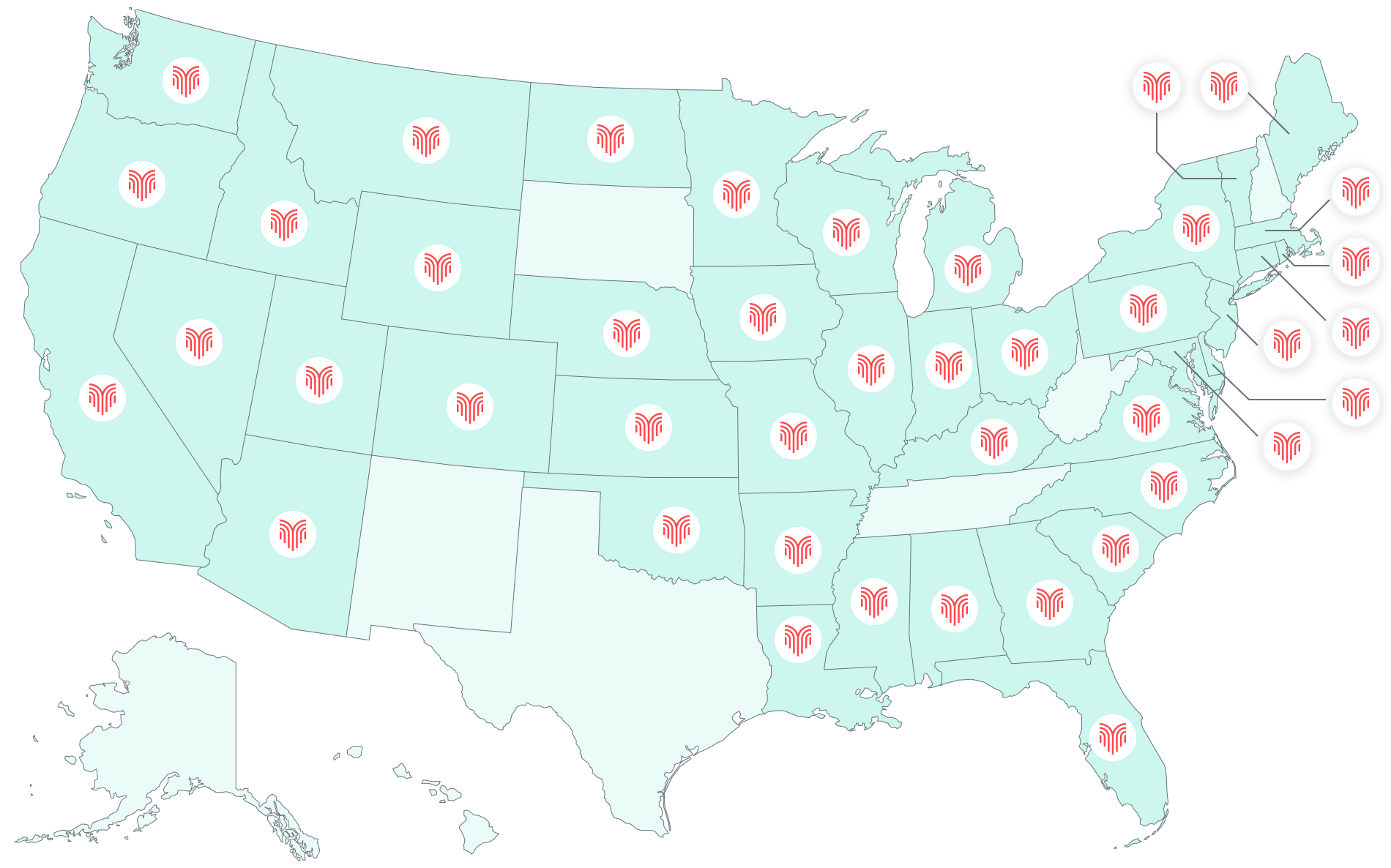
Read The Wall Street Journal’s coverage of our research. We implemented our Civic Online Reasoning curriculum in high school classrooms in an urban school district. After six hours of instruction, less than the average American teen spends online in one day, students nearly doubled in their ability to locate quality information compared to peers in regular classrooms. And our research matters: It provided the backing for AB 873, California’s 2024 mandate to teach media literacy.
Read The New York Times’ coverage of DIG’s Civic Online Reasoning curriculum. Integrating digital literacy into the curriculum doesn’t require an overhaul. Ninth-grade science and social studies teachers in Illinois wove DIG’s digital literacy lessons into their regular curriculum. As they learned core academic content, students also grew in their ability to evaluate the credibility of online sources.
See this LA Times article about how Los Angeles Unified School District adopted the Reading Like a Historian curriculum. In a six-month experiment across San Francisco high schools, students who completed Reading Like a Historian lessons not only improved in their reasoning but also gained significantly in reading comprehension.
Read about our approach in the Magazine of the American Psychological Association. In a college nutrition course, students learned to vet websites by applying fact checkers’ strategies. At the start of the course, only 3% left an unfamiliar website to learn about the claim or the organization behind it. By the end, 77% did so.
Read TIME Magazine’s coverage of our research. Fact checkers practiced lateral reading: opening new tabs to learn about the organization behind an unfamiliar source.
